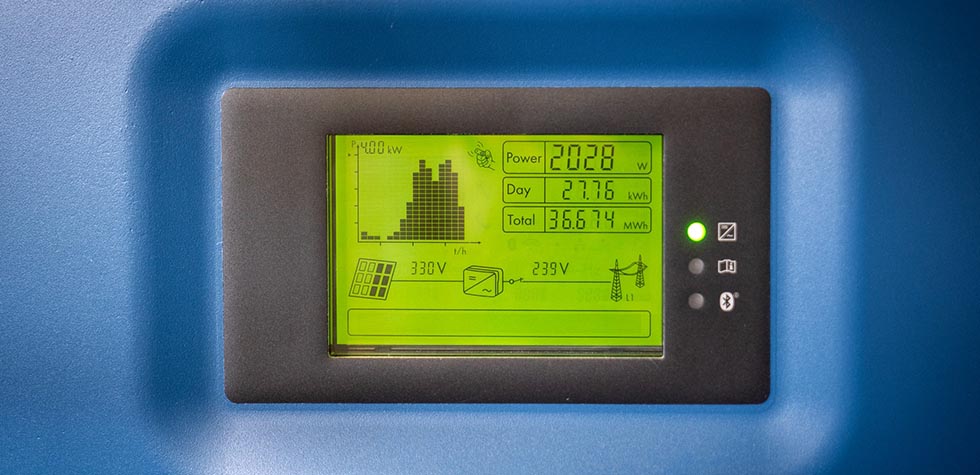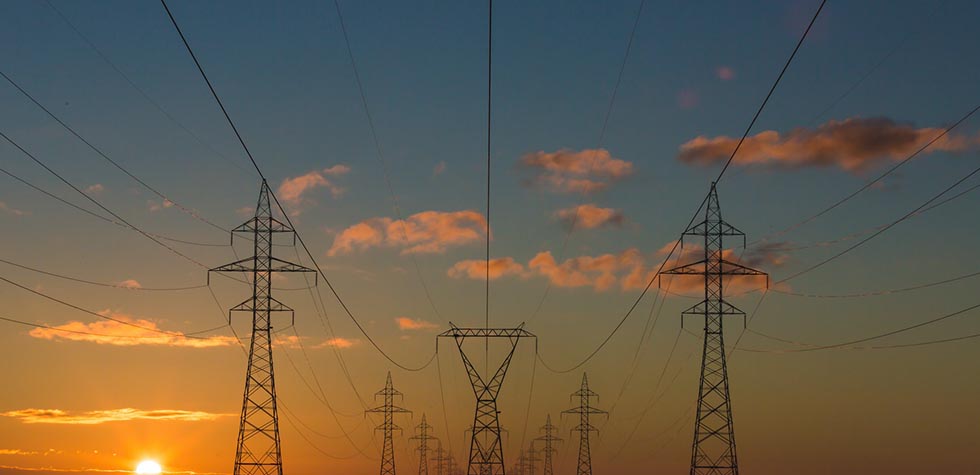How Do We Certify Clean Energy?
Renewable energy certificates (RECs), which allow for green credentials to be traded, are at the core of many businesses’ clean energy targets. Here’s how they work, and how they could work better.
What are RECs?
Renewable energy certificates (RECs) show ownership of a certain amount of renewable electricity generated and delivered to the grid. For instance, a wind farm is issued with a number of RECs, depending on its electricity output, which it can keep or sell.

The certificates are distinct from carbon credits, which represent 1 metric ton of CO2 removed from the atmosphere and allow companies to offset their carbon emissions. An REC can be considered the mirror image of a carbon offset or a carbon credit: while carbon offsets or credits represent CO2 emissions avoided, RECs represent renewable energy produced.
RECs emerged in the early 2000s with schemes such as the Texas REC Program, which started operating in 2001. In the United States, one REC represents 1MWHh of electricity generated from solar, wind, geothermal, biomass, hydrogen fuel cells, or small hydropower plants. National schemes exist in dozens of other countries, as well as the European Union’s Guarantees of Origin (GO) scheme.
In many jurisdictions, electricity companies are required to source a growing fraction of their power from renewables. They can demonstrate compliance by purchasing RECs, which gives them the right to claim to use renewable energy.
There is a thriving market in RECs, especially in RECs traded independently from the electricity itself (unbundled RECs). These are desirable because they offer a flexible path towards energy goals that do not require a business to build energy infrastructure or switch to a renewable energy provider. According to official figures, REC sales in the United States grew from 37 million to 164 million MWh during the 2010s.
Types of energy
The types of renewables included within the scope of an REC scheme vary. In the U.S., electricity generated from large hydropower plants is considered competitive and therefore excluded from receiving RECs.

Governments can incentivize specific types of renewable technology through the design of their REC mechanisms – there is a U.S. REC specifically for solar energy, implemented in states with renewable portfolio obligations including a ‘solar carve-out’. The Indian government is revamping its national REC scheme to include a multiplier to support emerging energy technologies. Meanwhile, the EU has initiated certification for hydrogen and last year the first certification body for marine energy gained recognition.
Challenges and criticism
Each government has its own approach to monitoring REC trading. In the U.S., every REC has a unique ID to help regional tracking organizations to ensure accurate accounting.
However, there is no avoiding the fact that an REC is fundamentally a different product to the underlying electricity, which is in itself indistinguishable from the rest of the electricity entering the grid. A consequence of this – in combination with the renewables boom leading to markets becoming saturated with RECs – is a huge cost disparity between RECs and the underlying electricity. In 2020, a GO certificate cost as little as €0.85/MWh while the electricity cost €40/MWh.

At such low prices, questions are raised about greenwashing and how much RECs support new renewables infrastructure. This is mainly a problem when companies artificially lower the emissions associated with their electricity consumption by buying unbundled RECs rather than directly investing in renewables. These concerns have led companies including Walmart, Salesforce, and IBM to commit to avoiding unbundled RECs. Adapting REC mechanisms to incentivize bundled over unbundled RECs or to ensure minimum pricing could also help ensure more direct support for the renewables sector.
RECs in real time
There is considerable interest in harnessing digital technologies to resolve some of the shortcomings in the REC market. It has been suggested that blockchain would be a good fit for REC trading, potentially enhancing their adoption, rendering the system more transparent and secure, and ensuring consumption more closely matches generation. IBM is among the companies working to ‘tokenise’ RECs.
Another criticism that may have an elegant technological solution is the charge that RECs tend to be used to meet energy targets over periods of months or years, overestimating their climate benefit. A system to verify renewable energy use on a more granular basis could help companies ensure they are meeting their aims to be renewable 24/7. The EnergyTag project aims to ‘tag’ RECs with a precise time of generation, to better reflect the underlying electricity generated.

Clean energy certification has become a hugely complex area, and critical to the energy goals of many organizations. As governments and businesses work towards a renewables-dominated future, there will be many opportunities to refine REC schemes to achieve common goals.






